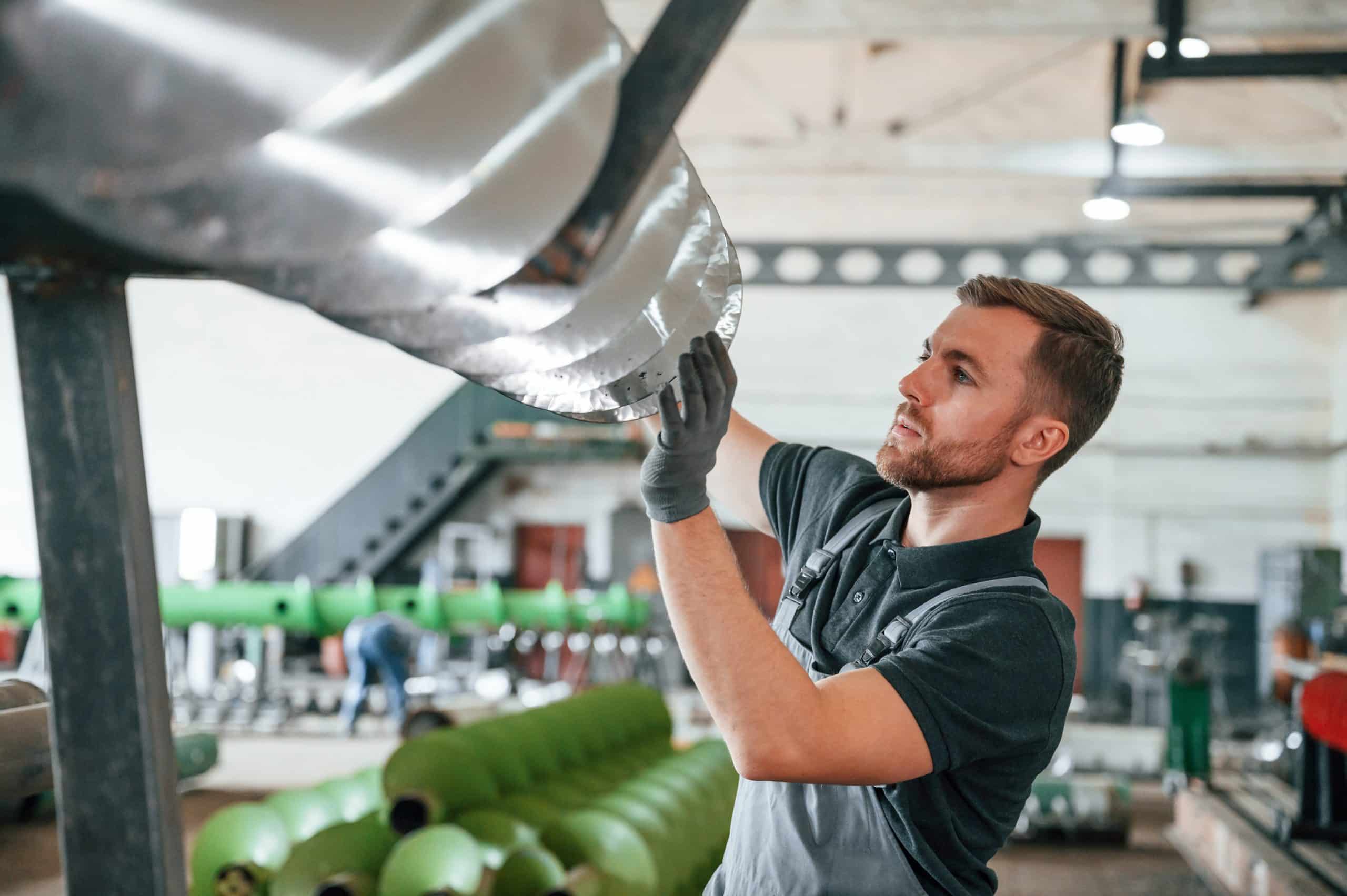What Are the Advanced Techniques for Indoor Bonsai Tree Care?

As lovers of indoor gardening, you’re likely already familiar with the serene beauty of bonsai trees. These miniature masterpieces are a test of patience and creativity, requiring careful cultivation that rewards you with a living piece of art. But for those of you eager to dive deeper into the art of bonsai, you might be wondering what advanced techniques can take your indoor bonsai tree care to the next level.
In this article, we’ll be exploring advanced techniques for indoor bonsai tree care. We’ll discuss soil composition, watering techniques, pruning methods, repotting, and fertilizing. By understanding these aspects of bonsai care, you will be well-prepared to nurture these miniaturized wonders in your indoor spaces.
In parallel : How to Set Up an Ergonomic and Aesthetic Study Space for College Students?
The Art of Soil Composition
An often-underestimated aspect of advanced bonsai care is understanding and optimizing the soil composition. Soil is the foundation of your bonsai’s health, and getting it right can make a significant difference in your tree’s growth and vitality.
The ideal soil for bonsai trees is fast-draining and aerated, yet able to retain enough water for the tree’s needs. You may need to experiment with different soil combinations, balancing organic and inorganic components for optimal results. Some bonsai enthusiasts swear by Akadama clay, volcanic gravel, pumice, and organic compost in varying ratios.
Also to see : How to Select the Best Heirloom Seeds for a Self-Sustaining Vegetable Garden?
Remember, each tree species has unique soil requirements. You should research the preferences of your specific bonsai species to create the ideal soil mix. You should also pay attention to the potting depth and root structure, ensuring there’s enough room for roots to spread while providing ample support for the tree.
Mastering Watering Techniques
While it may seem simple, watering is one of the most crucial aspects of bonsai care. Over-watering is a common mistake that can lead to root rot and, therefore, should be avoided.
Rather than adhering to a strict watering schedule, assess the tree’s needs by checking the soil moisture regularly. You can do this by pushing a finger about an inch into the soil. If it’s dry, it’s time to water. If it’s moist, hold off on watering until it’s dry.
When watering your bonsai, it’s vital to ensure thorough saturation of the root mass. Water the tree slowly, allowing the water to permeate the soil and flow out from the drainage holes. This watering technique ensures that all roots receive adequate moisture and helps rinse away any accumulated salts.
Pruning: The Heart of Bonsai Artistry
Pruning is the process that truly transforms a tree into a bonsai, shaping it into a miniature representation of its full-sized counterparts. Mastering this technique is crucial for advancing your bonsai skills.
There are two types of pruning: maintenance and structural. Maintenance pruning is necessary to maintain your bonsai’s overall shape, and it usually involves trimming back new growth. Structural pruning, on the other hand, involves significant changes to the tree’s form and is typically done during the dormant season.
When pruning, make clean, angled cuts close to the trunk or branch. It’s also important to have a clear vision of your desired shape before making any cuts, as hasty or thoughtless pruning can lead to irreversible damage.
The Importance of Timely Repotting
Repotting is a critical part of bonsai tree care that ensures the health and longevity of your tree. Over time, a bonsai’s roots will grow to fill the pot, which can lead to waterlogging and nutrient deficiencies.
The frequency of repotting varies depending on the tree’s age and species. Younger trees typically need repotting every 2-3 years, while older, slower-growing trees may only need it every 5-10 years. The best time to repot is late winter or early spring, during the bonsai’s dormant period.
During repotting, you’ll also prune the roots to maintain the tree’s miniature size. Always use sharp, clean tools to make precise cuts. After repotting, place the bonsai in a shaded, sheltered location for a few weeks to allow the tree to recover and establish new roots.
Fertilizing for Optimal Growth
Lastly, fertilizing is an essential component of indoor bonsai tree care. Because bonsai trees are confined to small pots with minimal soil, they rely on regular fertilizing to receive necessary nutrients.
There are many bonsai-specific fertilizers available, but you can also use a balanced, slow-release fertilizer designed for houseplants. Pay attention to the nitrogen, phosphorous, and potassium (NPK) ratio on the fertilizer, as these three primary nutrients contribute to leaf growth, root development, and overall plant health, respectively.
Fertilizer should be applied during the growing season (spring and summer) and less often, or not at all, during the dormant period (fall and winter). Over-fertilizing can lead to nutrient burn, so always follow the product instructions closely.
Remember, each of these advanced techniques requires practice and patience. With time and attention, your bonsai tree will flourish, providing a beautiful and peaceful addition to your indoor garden.
Controlling Pests and Diseases
As you move forward with your bonsai cultivation journey, another critical aspect to consider is controlling pests and diseases. Despite their miniature size, bonsai trees are not immune to the various pests and diseases that can plague full-sized trees. Mites, aphids, scale insects, and fungus gnats are common pests that can damage your bonsai.
Regularly inspect your bonsai tree for signs of pests or illness. Look for discolored leaves, unusual growth patterns, or signs of insects. It’s crucial to catch any issues early, as they can quickly escalate if left unaddressed.
In the event that your bonsai tree becomes infested or infected, it’s essential to act quickly. Remove affected leaves or branches and isolate the tree from others to prevent the spread. There are several commercial pest control products available that are suitable for bonsai use, but always follow the product instructions to avoid harming your tree.
When it comes to fungus and diseases, humidity levels can play a significant role. Most bonsai species prefer a specific humidity range, and straying from this can lead to issues such as root rot or fungal infections. Monitor the humidity in your indoor garden and adjust as necessary to help maintain your bonsai’s health.
The Aesthetic Appeal of Japanese Indoor Bonsai
The practice of growing bonsai trees originated in Japan over a thousand years ago, and they have since become a symbol of patience, peace, and tranquility. The aesthetic appeal of Japanese indoor bonsai is unquestionable. These miniature trees add a touch of nature and serenity to any indoor space, from a bustling office to a serene meditation room.
In Japanese culture, the art of bonsai is tied closely to the principles of Zen Buddhism, specifically the notion of creating a miniature, idealized version of nature. The process of shaping and caring for a bonsai tree is seen as a meditative practice that helps to cultivate patience, focus, and mindfulness.
Beyond just their aesthetic appeal, bonsai trees can also provide a range of health benefits. Studies have shown that indoor plants can improve air quality, boost mood, reduce stress, and even enhance productivity and creativity.
Conclusion
In conclusion, bonsai tree care is a rewarding and meditative art form that requires patience, research, and a touch of creativity. The advanced techniques discussed in this article, from mastering soil composition and watering techniques to timely repotting and effective pest control, can significantly enhance your indoor bonsai tree care skills.
Remember, each tree species has its unique requirements, and it’s important to learn about your specific bonsai species to provide the best possible care. As you explore the world of bonsai cultivation, we hope you find joy in the process and reap the rewards of nurturing these miniature masterpieces. Whether you’re a seasoned bonsai enthusiast or a beginner just getting started, there’s always more to learn and discover in the art of bonsai.
